Brief from Dr. Megan Sandel’s Visit to Columbus
September 30 – October 1, 2015
With quality, affordable housing in short supply, low-wage earners and their children are forced to live in inadequate housing where they can experience health problems, struggle academically, and become mired in economic distress. On any given night in America, 610,000 people are sleeping on the streets and 11 million households are paying half of their income on rent. A worker in Columbus would have to earn $32,440 annually– or double their income at minimum wage – to afford Columbus’ market rate of $811 for a two-bedroom apartment.
Housing should be the first in a series of vaccines
“Affordable housing serves as the first vaccine in a series to ensuring healthy people and communities. You need good education, public safety, and decent jobs as well, but if you don’t start with housing first, none of those interventions will work well."
Being behind on rent strongly associated with:
High risk of child food insecurity
Children and mothers in fair or poor health
Children at risk for developmental delay
Mothers experiencing depressive symptoms
“Affordable housing serves as the foundation for success in building healthy communities. It keeps kids in school and parents working, and helps neighbors know each other to protect neighborhoods.”
A study conducted in Minnesota found that first grade through sixth grade students who had moved three or more times scored on average 20 points lower on reading assessments than students who had not moved.
Stocking the housing vaccine in the pharmacy
“Columbus has not only started to recognize housing as a vaccine, but it is starting to stock the vaccine such as through partnerships like Nationwide Children’s Hospital has with community development agencies and City government.”
Healthy Neighborhoods Healthy Families focuses on the revitalization of three zip codes around the anchor institution, Nationwide Children’s Hospital. Community Development for All People, Homeport, and Habitat for Humanity Mid-Ohio have been important housing development partners.
Why must we tackle the housing insecurity crisis now?
There is no time to waste. Rents are increasing. Wages are stagnating. The Community Shelter Board reports that in the last three years, the number of homeless families has skyrocketed by 79 percent. Without affordable housing, the health of children and families diminish, health care costs increase, and our workforce suffers.
Improve Child Health and Decrease Infant Mortality
Children who experience pre-natal and post-natal homelessness have a 99% increased risk of poor health outcomes
Children who move more than two times in a year have as great of social and health problems as those who experience homelessness
Decrease Health Care Costs
Chronically homelessness individuals housed in coordination with health care have only a 2% rate of return to homelessness
Providing housing, in coordination with healthcare, for a chronically homeless and/or ill individual is far cheaper than continutious, costly interventions through emergency room visits
Create a Stronger Workforce
Businesses benefit from having stable, healthly employees. More affordable housing provides companies with a competitive recruitment advantage over cities with higher cost and/or poor quality housing
How to cut the affordable housing gap in half by 2025:
1. Awareness and Advocacy – No community – urban, suburban, or rural – is immune. In Columbus, 63% of extremely low-income families are housing insecure, spending more than half of their income on housing. Their struggles are personal and often hidden from view. The Affordable Housing Alliance wants to give those suffering with housing insecurity a voice.
2. Partnerships – We can all help to end this crisis. Together the Affordable Housing Alliance, Central Ohio businesses, nonprofits, advocates, andpolicymakers caninvest in quality affordable homes and support families in need. These partnerships can work towards ensuring the most economically vulnerable and housing insecure families benefit from affordable housing investment, investing in workforce housing for people with low-wage jobs, and addressing the housing needs of the growing population of seniors.

